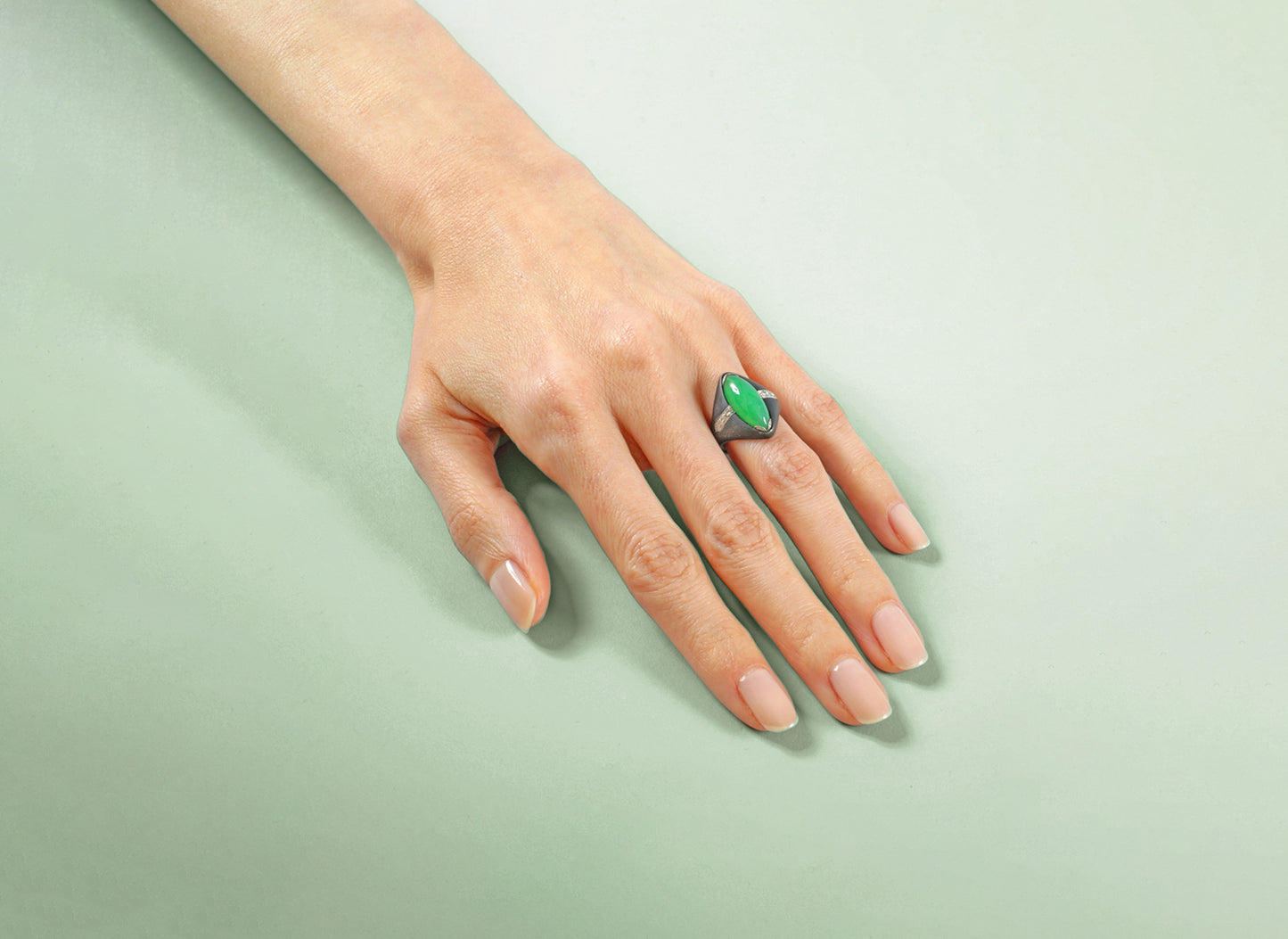
The esteemed firm of Marsh & Co. was initially founded by the Australian-born George Turner Marsh, who was only 15 when his family took the long journey to immigrate to the United States, passing briefly through Japan. Even at such a young age, the budding artist immediately became infatuated with Japanese culture, and convinced his parents to let him stay in Yokohama on his own, where his father helped him to land an apprenticeship with a Japanese tea merchant. Young George used this time in Yokohama to become conversant in Japanese art and aesthetics.
A few years later in 1876, Marsh joined his family in San Francisco, where they had previously settled, and brought with him an extensive collection of Japanese art, paired with a healthy dose of expertise, passion, and new business contacts. He used his experience in Japan and his newfound proficiency in Japanese culture as a guide to open one of the first Asian art galleries in the United States, initially named “G.T. Marsh & Company: Japanese Art Repository.”
For the first 40 years or so, Marsh & Co. operated mainly as an art and antiquities dealer for Japanese, and later Chinese, pieces. Due to the large number of Asian immigrants at the time, his fine art, antiques, and textiles granted him great success as the Western world embraced Japanese culture. The public was entranced by his store, with merchandise displayed on open tables, rather than behind a counter. Marsh & Co. quickly became the most prominent, and likely one of the only stores at the time, for people to purchase authentic Japanese works of art for the home. As his success became more widespread, Marsh opened branches of the business in other California locations, including Los Angeles, Santa Barbara, Coronado, and Monterey.
Beginning in the late 1920s and early 1930s, Marsh & Co. began designing jewelry based on their interpretation of masterful Japanese metalwork, together with the most favored gems of the region—including jadeite, coral, and pearls, alongside turquoise, diamonds, and lapis—to create truly distinctive jewels. Settling on a unique style that will always be indicative of Marsh & Co., the firm’s oxidized steel jewelry was produced with bluing and sandblasting techniques, which gave the metal its matte finish, an extraordinary base for their sparkling, gleaming gems. According to Barry Weber, longtime jewelry expert, Marsh had an Italian jeweler that worked exclusively for Marsh & Co., who had an intense interest in shotguns, gunsmithing, and metallurgy. Because of this, he frequently investigated past techniques of metal treatments to rifles and shotguns to keep them from rusting. As a result of his intimate knowledge of these techniques, and since Marsh & Co. was frequently using steel as their metal of choice in jewelry, he would sandblast the metal before he gun-blued it, giving it a marvelous rich, dark, matte-black finish that wasn’t seen from any other jeweler at the time.
Chased or milgrained white gold or platinum often offset the gems against the black background of the steel, with hinged pearls or gemstones adding movement to the exceptionally strong contrasting graphics in the designs. Marsh & Co. jewelry is rare and highly collectible, though not typically signed or stamped; because of its distinct characteristics, jewelry from the firm is still easily distinguished by design and materials of the piece.
Even less frequently found, however, are the notes that Marsh would write to his customers, paired with particular items, that told a story explaining the inspiration for the piece and tying it to an ancient Asian myth or legend. For a brooch that was sold in 2010 at Bonhams, dated to 1931, G.T. Marsh sought to inform the customer of an Eastern myth of the land of Horai, providing a detailed explanation of the scene that was crafted from carved jade, diamonds, and patinated black steel. Throughout his years in business, Marsh was renowned for giving insight to his western clients surrounding the Asian culture that the pieces represented, educating and informing them, spreading his genuine passion for the region, as well as for Eastern culture in general.
In 1932, at the age of 75, George Turner Marsh tragically died in a car accident that also injured his granddaughter. The third-generation family-owned business, Marsh & Co. officially closed its doors in 2001, after 125 years in business. Nowadays, Marsh & Co. jewelry dated from the 1930s to the 1950s is rare and highly collectible, and Macklowe Gallery is thrilled to offer a small assortment of these stunning creations with their sparkling, gleaming gems.
Discover the finest pieces from Marsh & Co. on offer now.












